Coolest Name Ever - Longclaw
My First Little Birds, The Longclaw
BIRDS
Aniruddha Bhattacharya
7/18/20253 min read
Pics : 1 - 4 = Rosy Throated Longclaw ; Masai Mara National Reserve | Pics : 5 - 8 = Yellow Throated Longclaw ; Masai Mara National Reserve
What would you do if your thumb and nail together were as long as your leg from hip to knee or thereabouts? I have no idea how I’d cope with that really but I’m pretty sure that I wouldn’t end up with a cool name like “Longclaw” for sure. Just the name gave me a Game Of Thrones flashback with that being Jon Snow’s swords name and all but I didn’t hit my eureka moment till I actually got back from Kenya and had a look at the images on a real screen and then it all made perfect sense. Those claw yielding contraptions are long for a 20 cm bird. They are absolutely, freakishly, huge. Birds, I tell you!
I wasn’t into birds much back then and in many ways being in the savannah for an extended period of time compared to most probably brought out my interest in them in all honesty. That said, I didn’t expect many birds to be there. My whole perception of bird’s dwellings was attached to trees. Well, I was totally wrong as not only were there different kinds of birds in the African savannah, there were also little birds there like these guys. Stupid me, was so enamoured by mammals in my previous visits to reserves at home that I didn't realize that many of the birds there in parks like Kaziranga were actually grassland dwellers. In fact a recent survey in Kaziranga in 2025 has found 43 different species of grassland birds there. Thankfully, once you learn to see, you cannot unsee which is a huge plus in this case.
The little birds I saw in Masai Mara don’t behave like the little Indian birds. We found them perched and pretty relaxed usually. They aren’t in a hurry and like most beasts there and are not intimidated by people in safari vehicles at all. I pretty much photographed everything with the same settings that I used for mammals and in Aperture Priority. Sure, the lack of trees and foliage helped with that but these guys were just not in a perpetual hurry about their lives like most of the smaller birds that we see in India making them just so much easier to photograph and I’m thankful for that cause I would have had no idea as to what to do if they were like the little birds back home. I think I’d have given up really and not gotten into birds at all if they were tough to photograph straight off the bat for me. They helped ease me into bird photography with a slow learning curve and for that I’m very thankful.
There are eight species of Longclaws of which we saw two. The Rosy Throated Longclaw was more common while the Yellow Throated kind graced us with just one sighting. It was January and I’m not sure if there’s a seasonal variance in sightings to be totally honest. David, our driver and guide told us that these brave little ground dwelling insectivores build their nests at the base of grass tussocks or in thick vegetation if they can find that. The nests have to be well concealed for them and are built by the females with the male present during the building process. They lay between two and four eggs and these hatch in like 2 weeks, mostly incubated by the female. Both parents feed the chicks for around two more weeks after which they leave the nests.
Now these guys are famous for, get this, pretending to be injured. Yep ! They feign being hurt to lure predators away from their nests. It’s called Distraction Display where the bird drags it’s wing on the ground while moving away from the nest to lure the predator away. They’re not the only birds to use this trick by the way, other ground dwelling birds like the Plovers and the Killdeer birds from the Americas are also famous for the deployment of such drama to save their families.
Longclaws are hard to miss in the savannah because they’re a dash of bright colour in a pretty mundane close backdrop. A little colourfull flutter in the grass that’s bound to catch your eye. I hadn’t seen many strikingly multi coloured birds till I saw the Rosy Throated Longclaw. They were probably my first attempts at photographing little birds and were totally amazing, really. Add to that, we had a person in the car who knew all about birds and that helped in drawing me into the world of birds. By the time we saw the Yellow Throated Longclaw, I already had a system of documenting their names and habits down. Funnily, it’s still the system I use when I go after birds even now. No shared ebird listings and phone records for me. I prefer my pen and paper and writing helps me remember a lot faster although I’m sure no one needs to try and remember these guys names ever really.
Longclaw ! Seriously, how cool is that ?
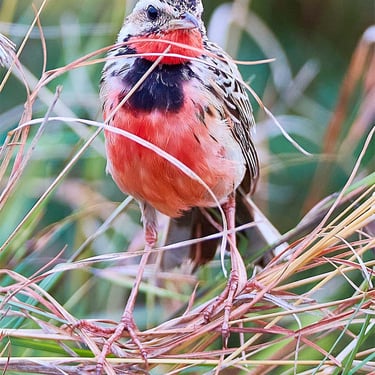
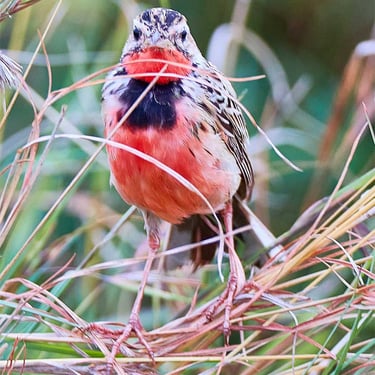
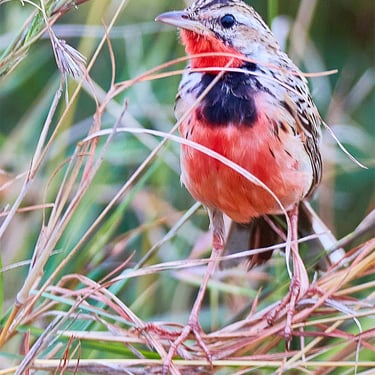
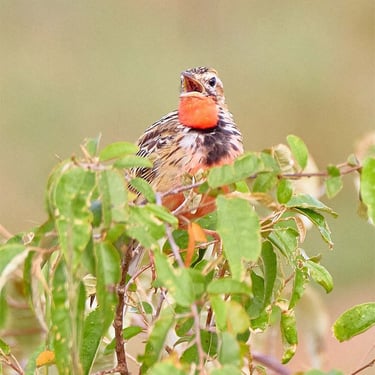
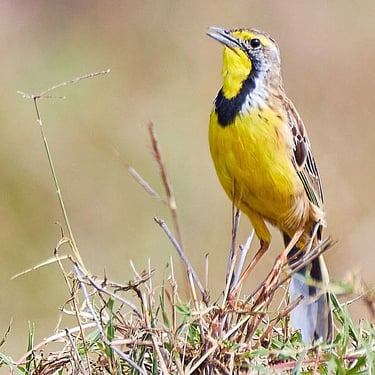
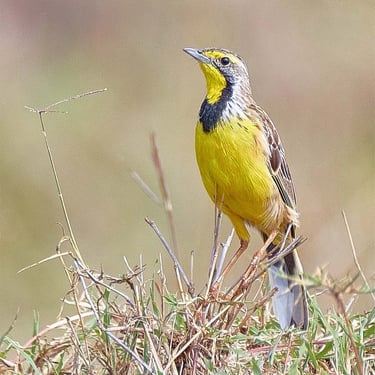
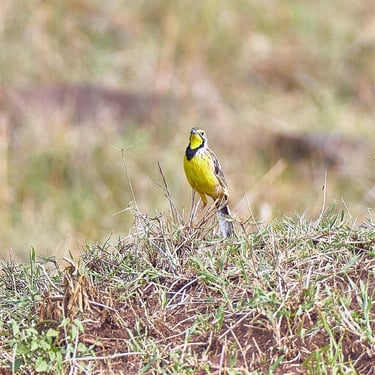
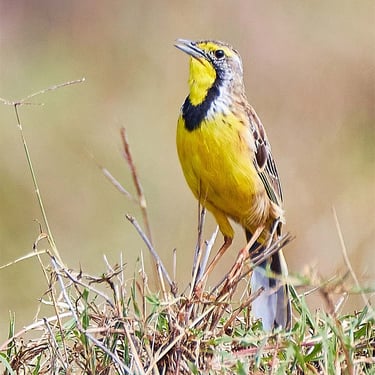
© 2025. All rights reserved.
